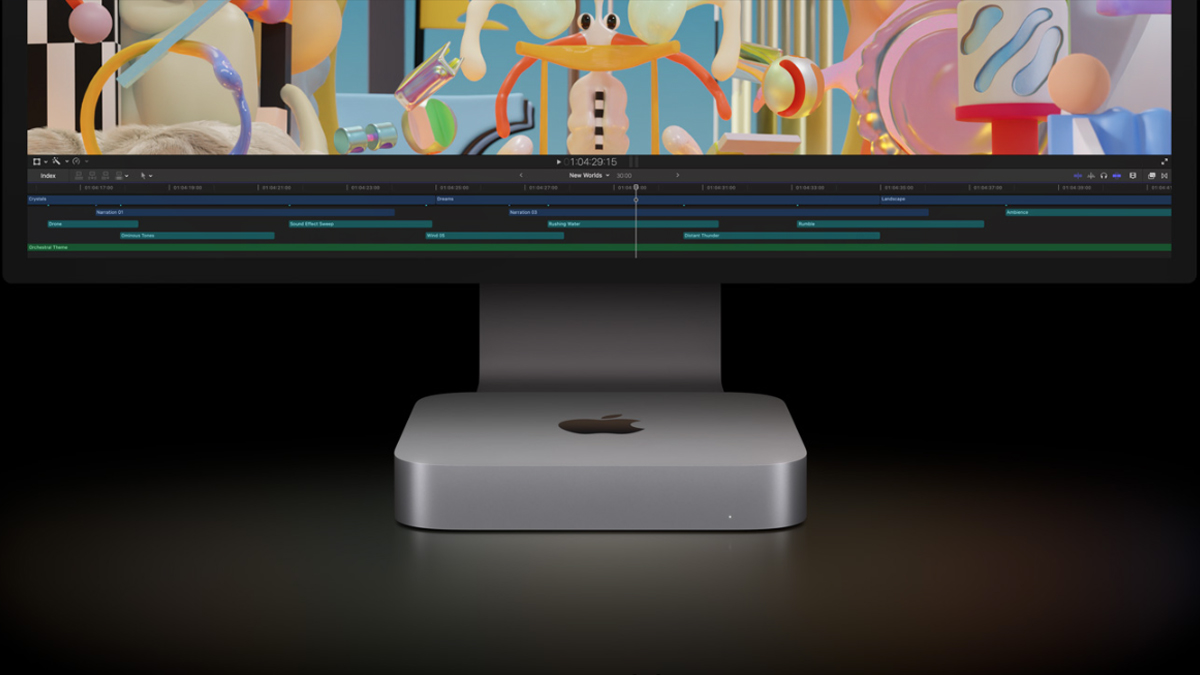Apple quietly dropped the new MacBook Pro 14-inch and 16-inch and the new Mac Mini, now with the latest M2 chips. The company is promising greater performance with the introduction of the new M2 Pro (which has been extended to the Mac Mini) and M2 Max, and the best part is, they are either the same price as before or much cheaper. Watch on to find out everything you need to know.
We’ll start with the more interesting of the two, the MacBook Pro, which receives a spec bump less than two years after it had been completely redesigned. To be clear, we’re talking about the 14- and 16-inch models; the old Touch Bar-equipped 13-inch variant received the M2 chip last year.
Both these laptops start at the same price as before, which is great. But it also means they’re still expensive, starting at RM8,799 for the 14-inch model and a whopping RM10,799 for the 16-inch. Apple is claiming a boost of performance, however, thanks to the new M2 Pro and M2 Max chips, which make their debut on these devices.
Built on a second-generation 5nm process, the M2 Pro features up to 40 billion transistors, 12 CPU cores and 19 GPU cores, although the base 14-inch model comes with 10 CPU and 16 GPU cores. You also get 16GB of RAM and 512GB of storage to start, although you can bump those up to 32GB and 8TB respectively—though that will cost you dearly. Apple is promising a 20% faster CPU and a 30% faster GPU compared to the outgoing M1 Pro, letting you process images in Adobe Photoshop 40% faster.

For greater performance, you can have both sizes of MacBook Pro with the M2 Max, which has 67 billion transistors and a 30-core GPU (you can upgrade this to 36 cores). This one has 32GB of RAM to start, but there’s also a 64GB option and even a massive 96GB. Here, the company is boasting a 30% increase in GPU performance over the M1 Max. To get the M2 Max, you’ll have to spend at least RM12,399 for the 14-inch model and RM14,799 for the 16-inch.
The rest of the features are identical over the 2021 MacBook Pro, sporting 14.2-inch and 16.2-inch Mini LED Liquid Retina XDR displays with a 120Hz refresh rate, 1,600 nits of peak brightness and a notch for the 1080p webcam. They also come with the same I/O, including a MagSafe 3 port, three Thunderbolt 4 USB-C ports, a HDMI port, an SDXC card slot and a headphone jack.
There are a few improvements, however. Wireless connectivity has been upgraded, with both models now coming with WiFi 6E and Bluetooth 5.3. And while they continue to have the same 70Wh and 100Wh batteries as before, the uprated chips mean that battery life has been improved, with Apple claiming up to 18 hours of use with the 14-inch model and up to 22 hours with the 16-inch.

Moving on to the Mac Mini, the cheapest way to get macOS has now gotten much cheaper—it now starts at just RM2,499, RM500 less than before. That buys you the regular M2, which features an eight-core CPU, a ten-core GPU and 8GB of RAM (upgradable to 24GB) and 256GB of storage to start. Benchmarks include up to 50% faster filter and function performance in Photoshop, up to 2.4 times faster ProRes transcoding in Final Cut Pro and up to 35% faster gameplay in Resident Evil Village.
Apple has also finally replaced the Intel-powered Mac Mini with an M2 Pro-powered version, which doubles the memory bandwidth of the M2 model. This gives you up to 4.2 times faster ProRes transcoding in Final Cut Pro and a scarcely-believable 14 times improvement in overall performance compared to even the fastest Intel model. The chip is also able to drive up to three displays at a time or a single 8K one.
The pancake design features the same I/O as before, with a gigabit Ethernet port, a HDMI port, two USB-A ports and two Thunderbolt 4 USB-C ports. But you can now upgrade the Ethernet port to a 10Gb one, and with the M2 Pro model, you get four Thunderbolt 4 ports instead. The headphone jack also now supports high-impedance headphones.








